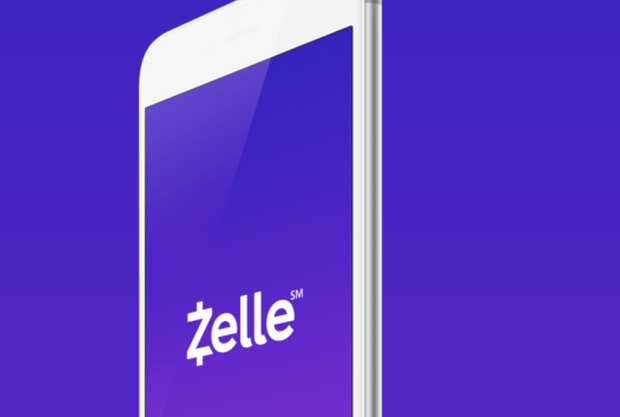Zelle’s Growing Pains With Fraud

While Zelle’s business is booming, many people are reporting that hackers have used it to clean out their bank accounts.
Zelle was created as the result of banks wanting to compete with other mobile payment apps, such as Venmo and PayPal. Last June, Early Warning Services, a consortium owned by seven large banks, launched Zelle.
But The New York Times recently interviewed more than two dozen customers who had their money stolen through Zelle, which is built directly into a bank’s mobile app.
Part of the issue with Zelle is that banks don’t always notify customers when money is transferred. And while most banks have strong authentication and fraud detection controls, some “just implemented it without any protections,” said Genevieve Gimbert, a partner in PwC’s financial crimes unit..
While some customers who lost money through fraudulent transactions were reimbursed by their financial institutions, others were not so lucky.
Zelle, however, says the problem is under control.
“There are very few incidents,” said Lou Anne Alexander, Early Warning’s head of payments. “When there is a problem, we and the banks are proactive. It’s not something we’re putting our heads in the sand about.”
Earlier this year, Zelle revealed that on average, close to 100,000 customers signed up each day for 2017. It also said it processed more than 247 million payments last year, which marks a 45 percent jump from 2016. It handled a total of $75 billion in peer-to-peer (P2P) payments in 2017, a significant increase from the $55 billion it made the year before.
Currently, Zelle, which was called clearXchange back in 2016, counts Bank of America, Wells Fargo and JPMorgan Chase as backers. Right now, 18 banks in the United States are using Zelle, and an additional 70 are in the process of signing up.
